Understanding Blood Sugar and How to Eat to Prevent Blood Sugar Spikes
Unstable blood sugar levels can lead to energy crashes, cravings, and increased diabetes risk. After eating, especially meals high in refined carbs and sugars, blood glucose levels rise rapidly. This spike in blood sugar triggers the release of insulin to usher sugar out of the bloodstream.
The dramatic ups and downs in blood sugar and insulin can leave you feeling shaky, moody, and hungry. The good news is with the right dietary strategies, these post-meal blood sugar spikes can be prevented.
What is Blood Sugar?
Blood sugar or blood glucose, is a measure of the amount of sugar circulating in the blood. It can be influenced by the amount and type of carbohydrates that we consume. Refined or simple carbohydrates like desserts, white bread, and white rice digest and get absorbed quickly into the bloodstream due to the structural nature of the molecules. Complex carbohydrates like whole wheat bread, brown rice, and oats contain more fiber than refined carbohydrates which slows down the digestion process causing a more gradual absorption of sugar into the bloodstream.
How is Blood Sugar Regulated?
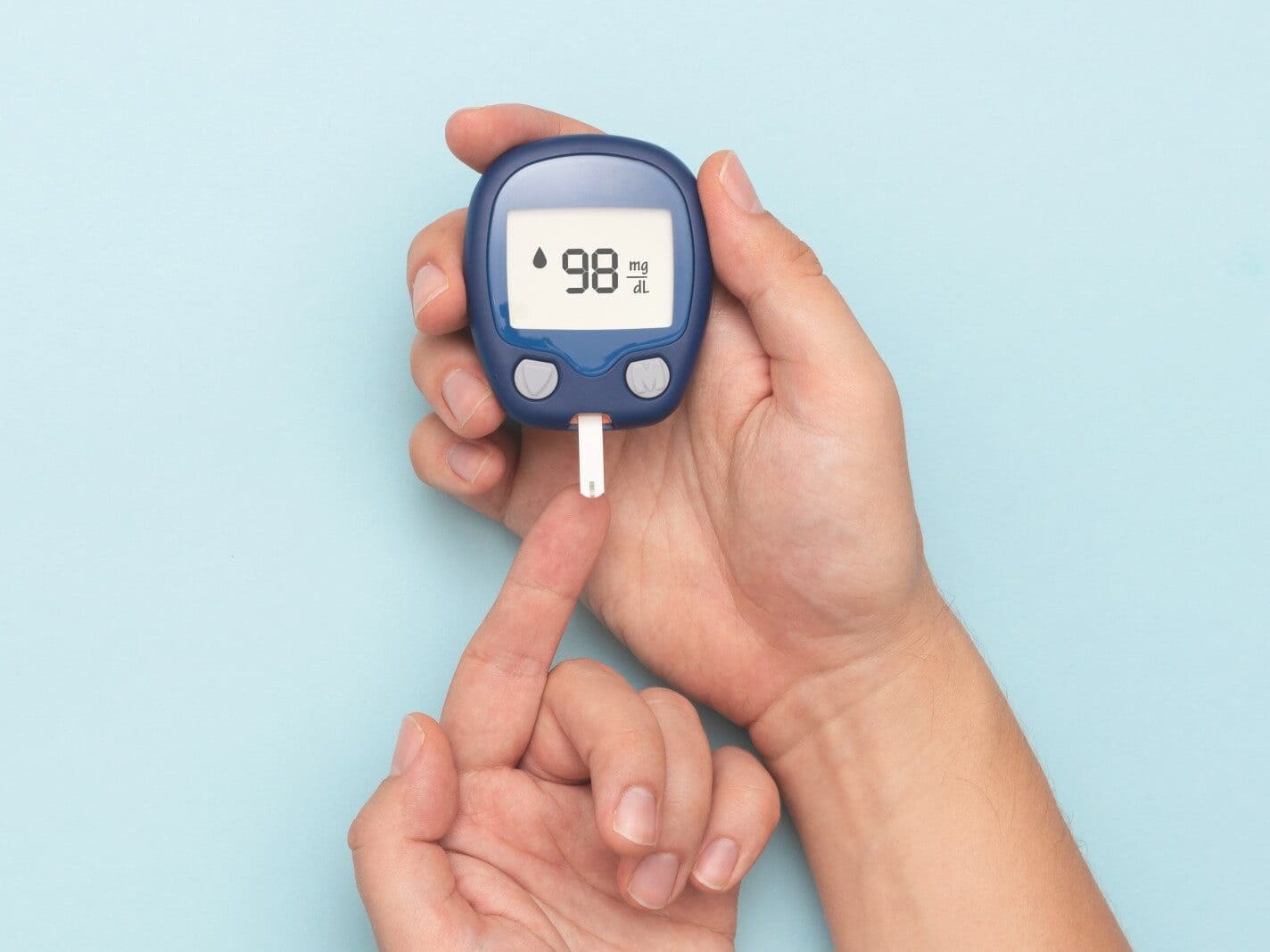
The pancreas helps manage the blood sugar levels of the body through the release of the hormones insulin and glucagon. If the pancreas is damaged in conditions like diabetes, the release of these hormones can be impaired and cause dysregulation of blood sugar levels. Hyperglycemia is excess sugar in the blood, which can cause symptoms like increased thirst urination, and fatigue. Hypoglycemia is a deficiency of blood sugar and can cause symptoms like shakiness, sweating, dizziness, and irritability.
What Does Glycemic Index Mean?
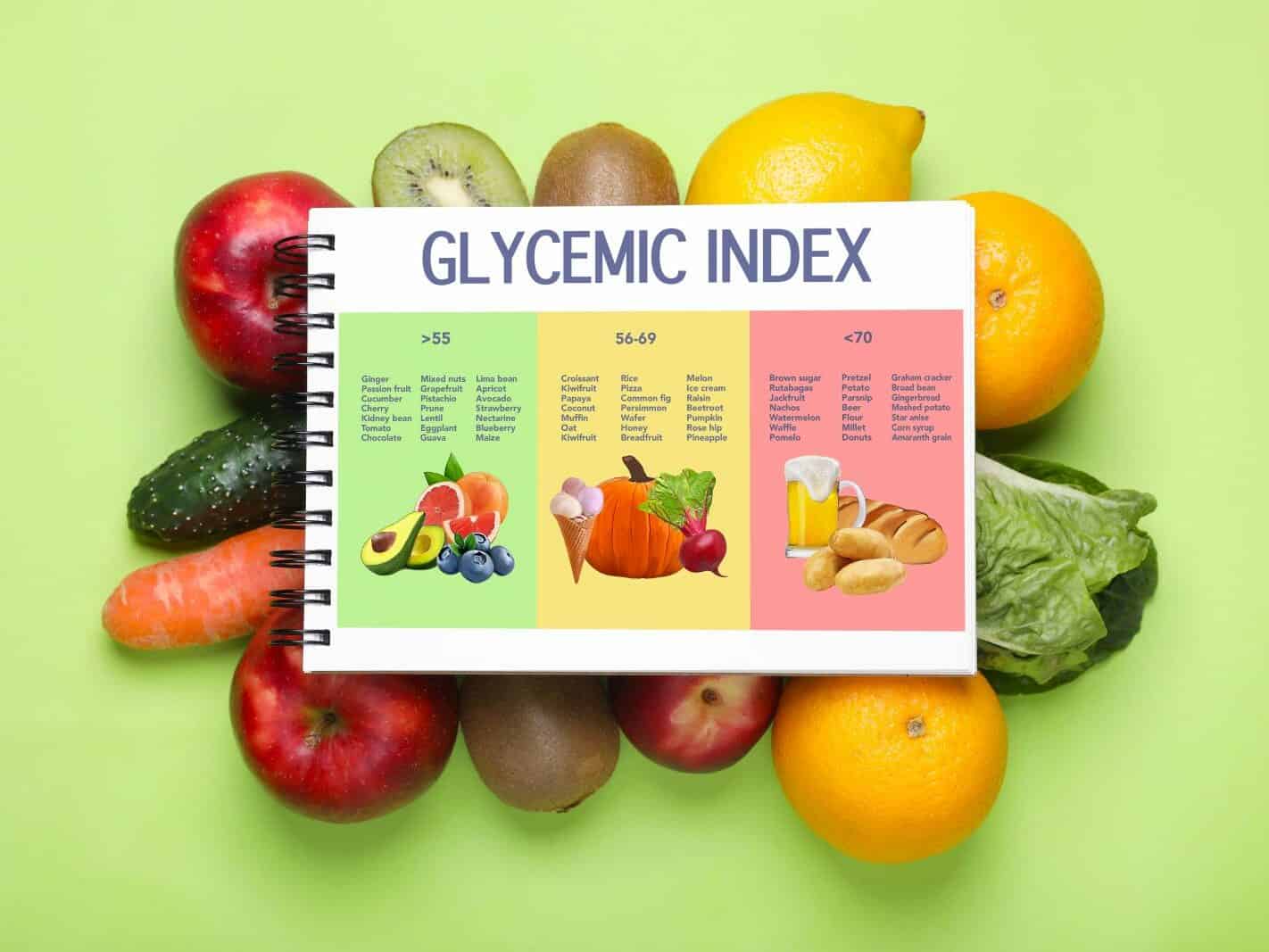
People with diabetes may be concerned with the glycemic index of certain foods. The glycemic index measures the amount by which a food raises blood sugar levels. Foods higher in carbohydrates and lower in fiber typically have the highest glycemic index and may be a concern for those who closely monitor their glucose levels.
What is a Blood Sugar Spike?
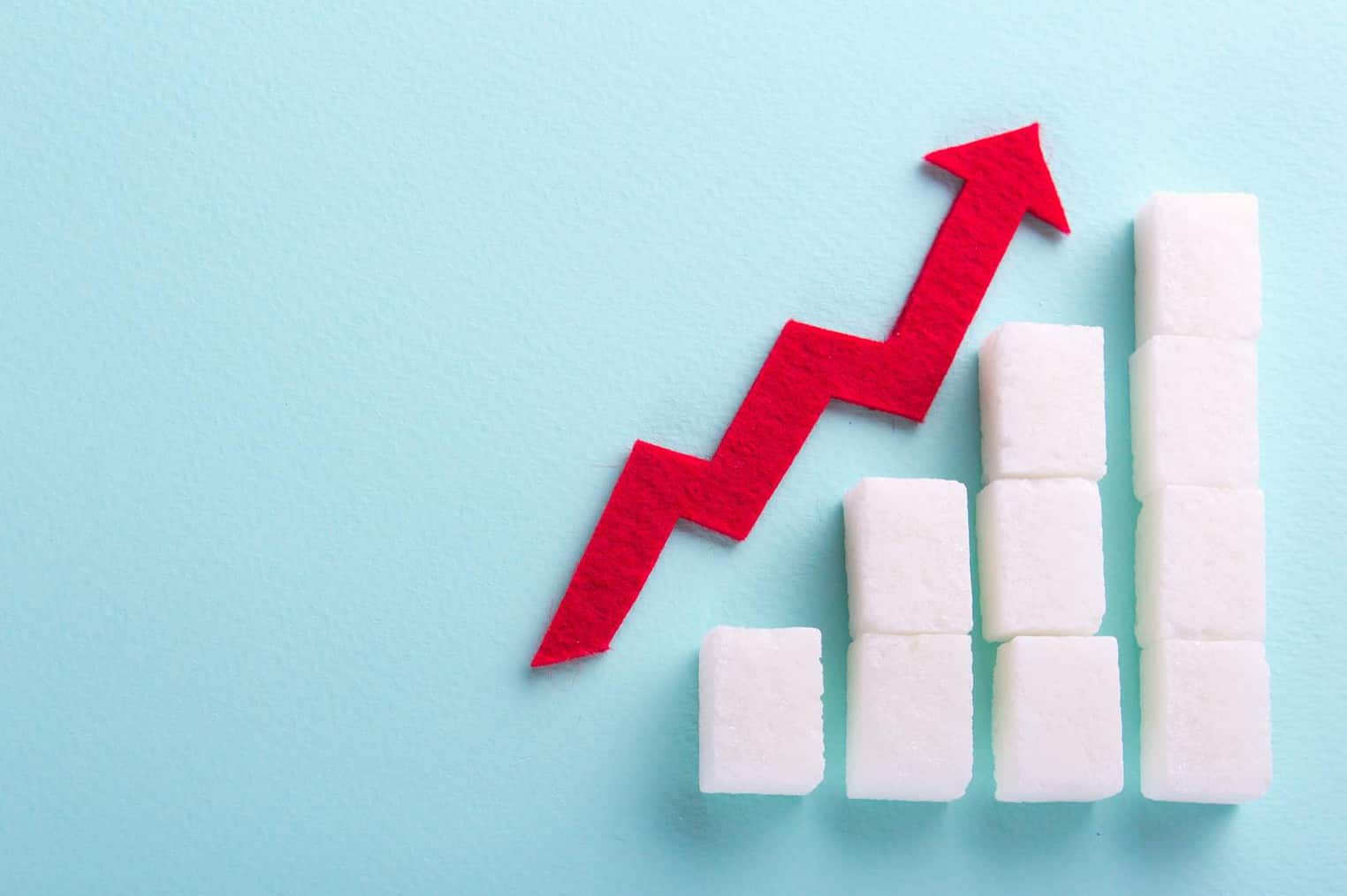
A blood sugar spike is a rapid rise above normal blood glucose levels and the subsequent short-after fall of blood glucose levels. This can occur with the consumption of high-glycemic foods. Although blood sugar levels naturally rise and fall throughout the day, ongoing blood sugar spikes can lead to complications associated with diabetes including heart and kidney disease.
Can Blood Sugar Be Controlled Through Lifestyle Changes?

Blood sugar levels can be managed by lifestyle changes through diet and exercise. The food we eat and the way we eat it has a big role in blood glucose regulation. Those with and without diabetes can use these tips to help minimize blood sugar spikes.
Smaller Frequent Meals

Smaller frequent meals are a recommendation to not only help control hunger and energy levels, but also to keep blood sugar levels managed. By reducing the amount of time between meals, blood sugar levels can become more stabilized. Try to eat a meal or snack every 3-4 hours to avoid the extreme hunger that can be associated with low blood sugar, and result in overeating subsequently with a spike in blood sugar.
Avoid Sugary Breakfasts
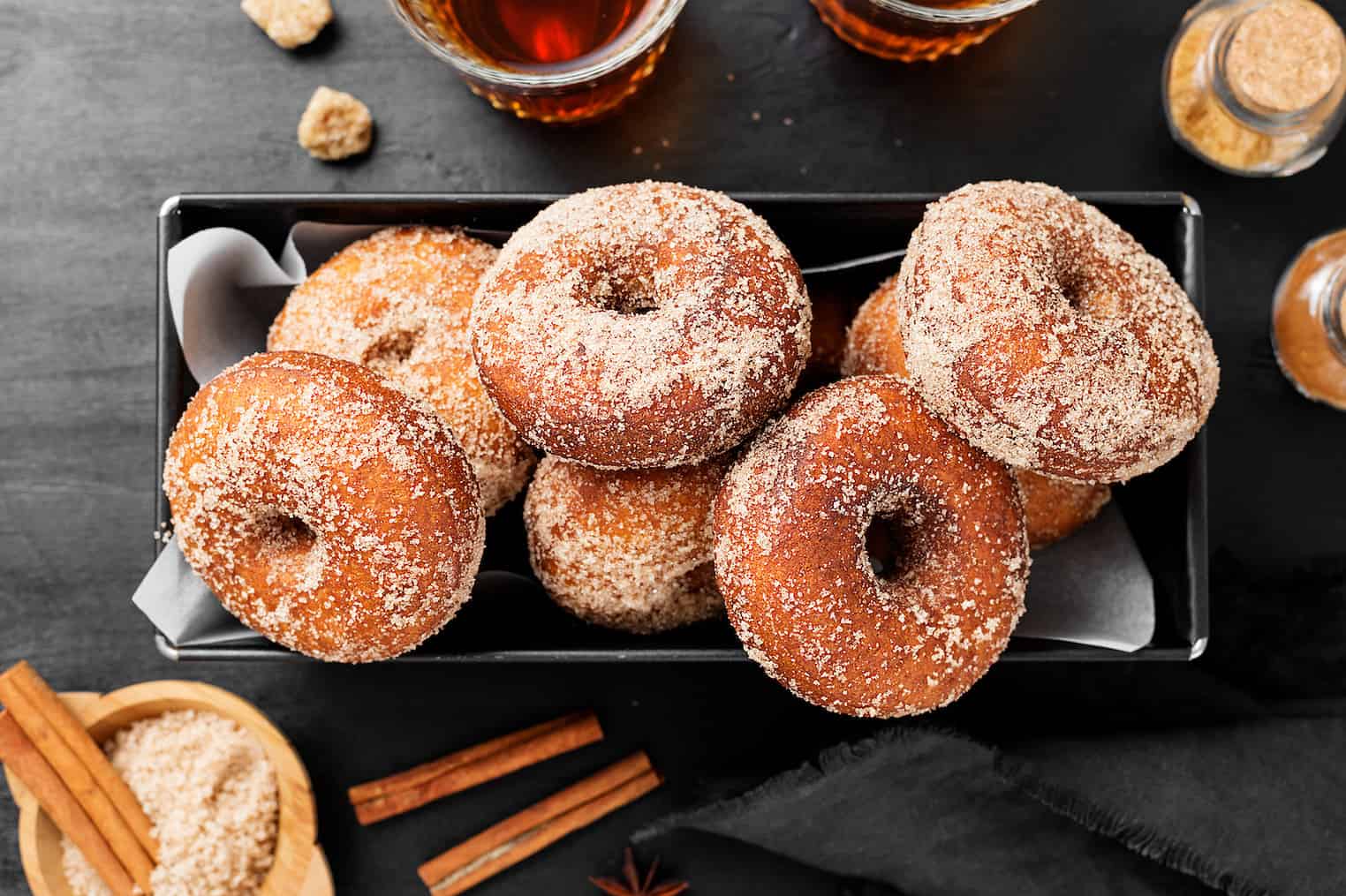
In the morning, cortisol, a stress hormone, is naturally higher and then decreases throughout the day. Cortisol also has a role in managing blood sugar levels. Ongoing high cortisol levels have been associated with elevated blood sugar levels. By avoiding simple sugars in the morning and creating a balanced plate for breakfast, blood sugar and cortisol spikes can be avoided.
Balanced Plate Method

A balanced plate looks like 50% vegetables, 25% carbohydrates, and 25% protein. A source of healthy fat should also be included. By including more vegetables, the fiber content of the meal is increased which slows down carbohydrate digestion and glucose absorption. Protein and healthy fat are both nutrients that also help slow down digestion and can reduce a blood sugar spike from refined carbohydrates.
Increased Fiber Intake
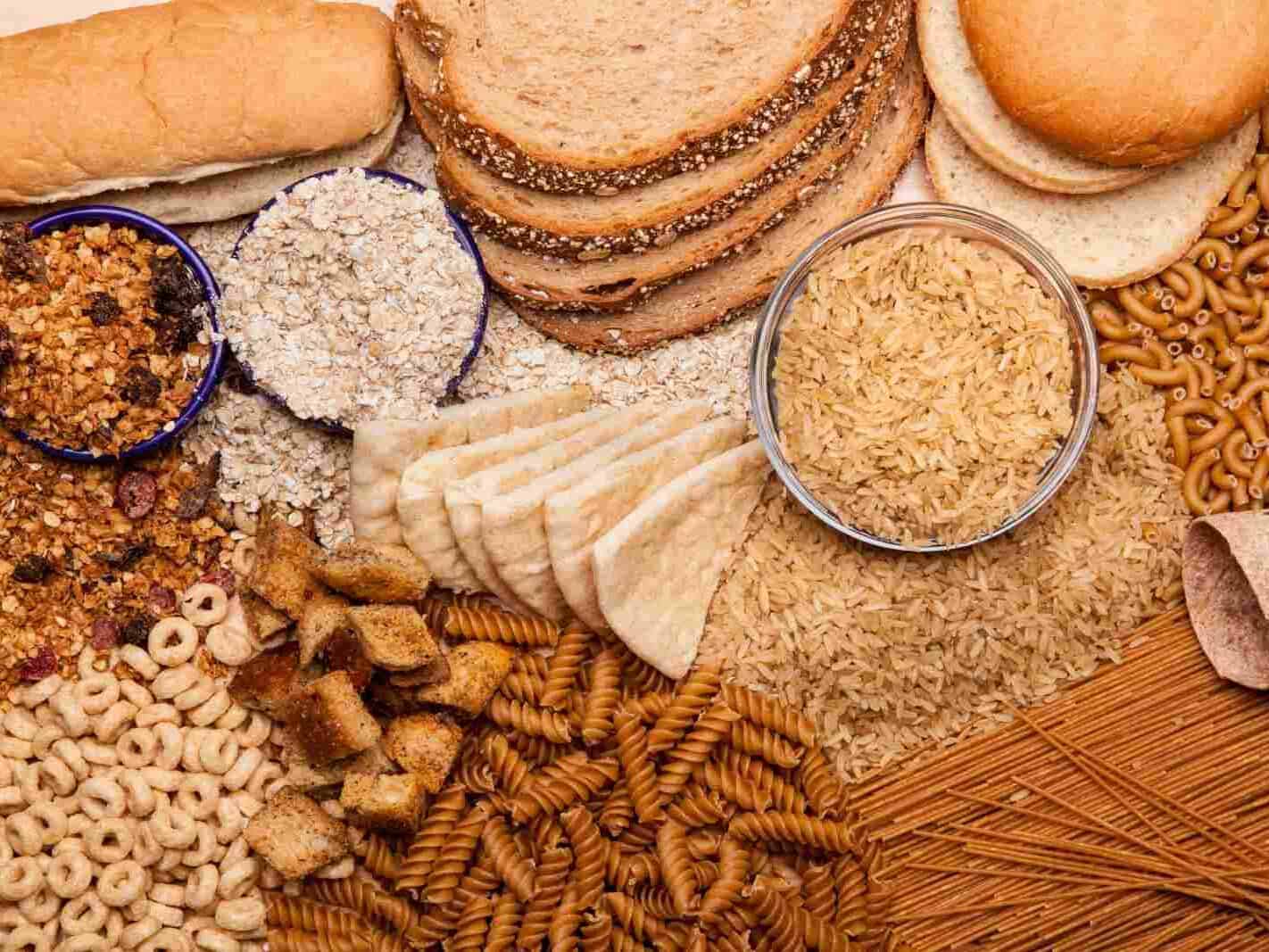
The carbohydrates found in foods low in fiber, digest quickly resulting in rapid absorption of glucose into the blood. By choosing more whole grain products, and adding more vegetables to our meals, you can help reduce blood sugar spikes. Increased fiber intake also contributes to increased fullness so that you don’t feel immediately hungry after eating.
Avoid Simple Sugars

Simple carbohydrates are prominent in the Western American diet. These carbohydrates digest rapidly and increase blood sugar levels quickly resulting in a spike. Food products like sodas, sugar-sweetened beverages like coffee and tea drinks, and even alcoholic beverages can result in blood sugar spikes. These products are typically all sugar, with no fiber, protein, or fats to mitigate the blood sugar effect. By reducing your intake of simple sugars, you can gain better blood sugar control.
Daily Movement Especially After Meals

Exercise signals to the pancreas to increase the amount of insulin produced, which results in the increased cellular uptake of sugar from the blood. Even by taking a 10-minute walk after a meal, blood sugar levels can be regulated. Engaging in light movement after meals may especially help diabetic people to minimize high blood sugar levels.
Why Does This All Matter?

Managing blood sugar levels is important for all people, especially those who are prediabetic or diabetic. By reducing the frequent spike above normal blood sugar levels, the risks for conditions like heart and kidney disease are reduced. This can be achieved through dietary and exercise-related lifestyle changes.


